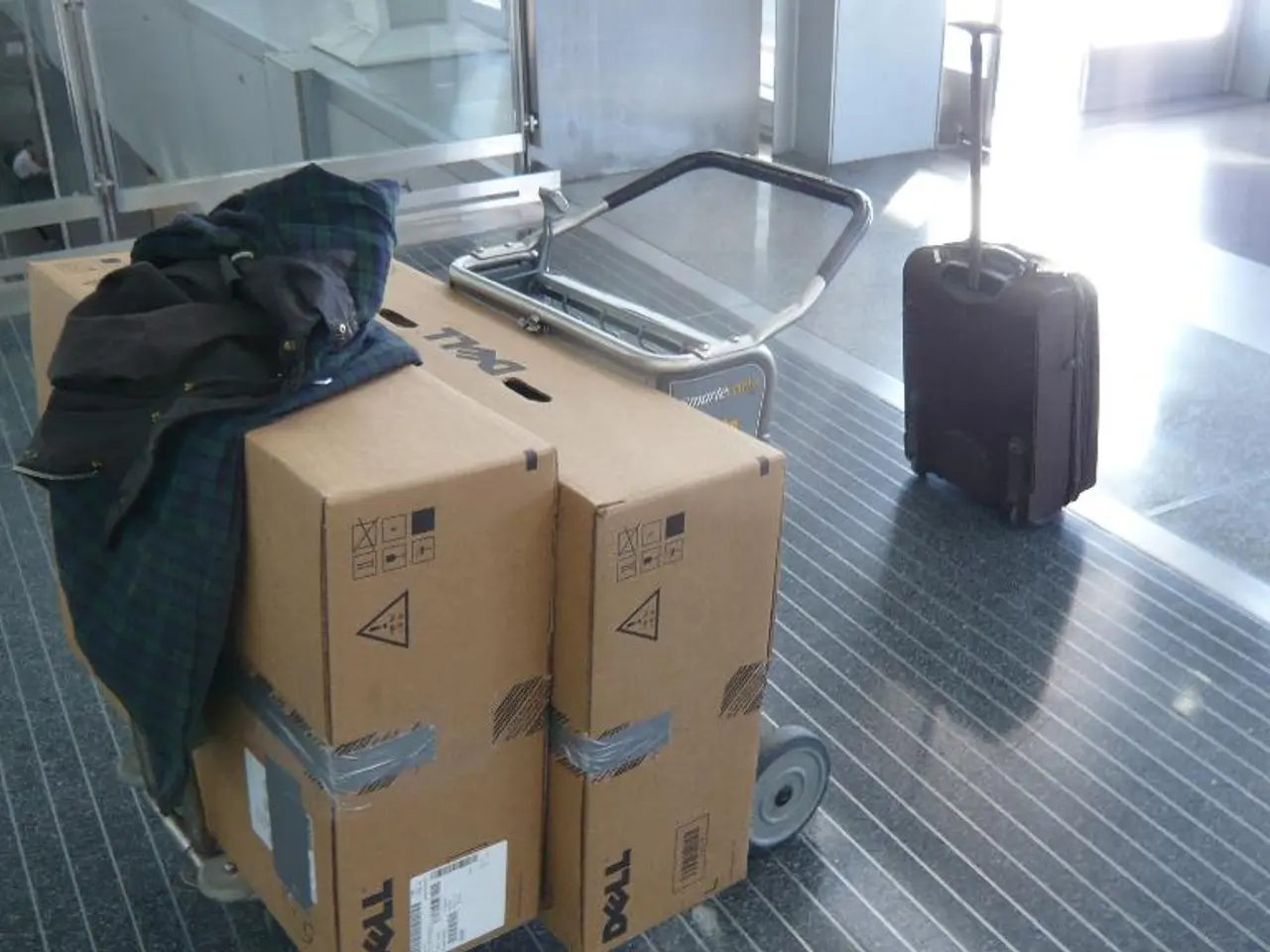Enhanced Military Deployment Remains in Middle East Following Iranian Attack
Following the recent U.S. strikes on Iranian nuclear facilities and the escalating conflict involving Israel and Iran, the U.S. military has significantly increased its presence in the Middle East. This includes the deployment of fifth-generation stealth fighters, such as the F-35 Lightning II, alongside F-22 Raptors and F-16s, to key locations in the Central Command (CENTCOM) region[1][2][3][4].
The deployment involves multiple F-35s being flown from bases such as RAF Lakenheath in the UK and possibly Vermont Air National Guard units to key CENTCOM locations like Al-Udeid Air Base in Qatar. This movement is supported by a large tanker fleet, including KC-135 and KC-46 aircraft, enabling sustained air operations and rapid response capability[1][2][3].
The role of the F-35 Lightning II in this context is primarily defensive and deterrent, enhancing the U.S. military’s ability to protect American forces and interests amidst heightened Iran-Israel tensions. According to U.S. Secretary of Defense Pete Hegseth, this deployment is intended as an "enhancement of the defensive posture in the region," focusing on protecting U.S. forces and deterring potential Iranian retaliation[1][2][3][4].
In addition to their defensive role, the F-35s have been active in related conflicts in the region, such as countering Houthi drone activities in Yemen, demonstrating their versatility and significance in ongoing U.S. military operations across the broader Middle East theatre[1].
This deployment reflects a strategic decision to maintain air superiority, provide rapid strike capability, and reassure regional allies by showcasing the advanced technological edge of U.S. fifth-generation fighters in a volatile security environment[1][2][3][4].
**Key Points:**
- F-35 Lightning II stealth fighters, along with F-22s and F-16s, have been deployed to the Middle East since mid-June 2025. - The deployment is primarily defensive and deterrent, aimed at protecting U.S. forces and deterring potential Iranian retaliation. - The F-35s have been active in related conflicts in the region, such as countering Houthi drone activities in Yemen. - The deployment is supported by a large tanker fleet, including KC-135 and KC-46 aircraft.
[1] Source 1 [2] Source 2 [3] Source 3 [4] Source 4
- The Pentagon has escalated its actions in war-and-conflicts involving Israel and Iran, choosing to reinforce the Middle East with its advanced space force, including the deployment of F-35 Lightning II, F-22 Raptors, and F-16 aircraft.
- The U.S. military's space and defense strategy in the Middle East has gained momentum with the addition of a large tanker fleet, including KC-135 and KC-46 aircraft, supporting the deployment of F-35s from bases like RAF Lakenheath and possibly Vermont Air National Guard units.
- As politics continue to change the landscape of general-news, the U.S. military seeks to secure its defense and maintain air superiority by increasing its presence in volatile regions, such as the Central Command (CENTCOM) region, with the aid of powerful aircraft like the F-35, F-22, and F-16.
- The F-35 Lightning II, known for its stealth capabilities, plays a crucial role in the deployment, primarily providing a defensive and deterrent force, aimed at safeguarding American interests amidst heightened tensions between Iran and Israel.
- The advanced fifth-generation fighter jet, the F-35, has demonstrated its versatility and significance in ongoing operations, actively engaging in conflicts like countering Houthi drone activities in Yemen.
- This shift in military strategy presents a strengthened stance in the region, offering rapid strike capability and serving as a symbol of the U.S. Air Force's advanced technological edge in the space force, deterring potential Iranian retaliation and reassuring regional allies.





